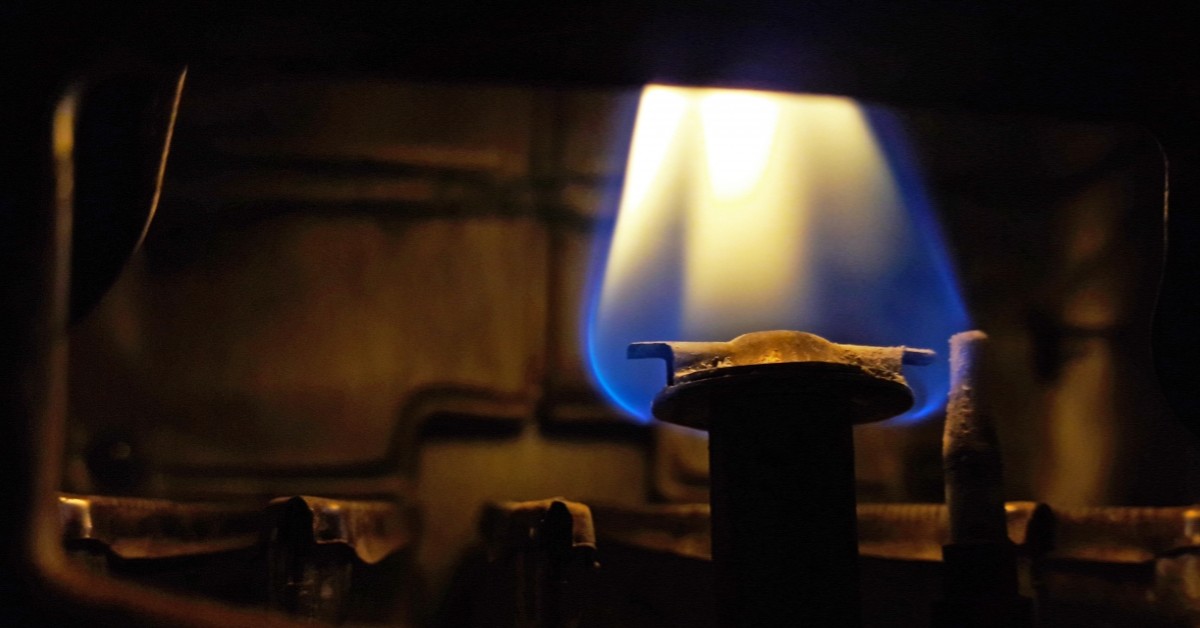Standing pilot light and self-ignition

Standing pilot light and self-ignition systems are two different methods used to ignite the fuel in gas-powered appliances. The main difference lies in how the flame is initiated and maintained.
- Standing Pilot Light:
- Some older gas appliances, including some furnaces, water heaters, and stoves, have standing pilot lights, which are small, continuously burning flames.
- The pilot light is manually lit and is designed to stay lit continuously, even when the main burner is not in operation.
- The standing pilot light’s heat is used to ignite the fuel when the main burner needs to start.
- Although this system has been in use in the past, it is less energy-efficient than modern ignition systems because it needs a constant supply of gas to keep the pilot light going.
- Self-Ignition System (also known as Electronic Ignition):
- Self-ignition systems are more frequently found in contemporary gas appliances since they are safer and more energy efficient.
- Instead of a standing pilot light, these systems use electronic components to ignite the gas when needed.
- There are two main types of self-ignition systems: intermittent pilot ignition (IPI) and hot surface ignition (HSI).
- Intermittent Pilot Ignition (IPI): Only when the main burner needs to start is a small pilot flame or electrical spark lit. It lessens the ongoing gas consumption that standing pilot systems experience.
- Hot Surface Ignition (HSI): This technique makes use of a hot surface igniter, an electric heating element that glows red hot when electricity flows through it. The gas ignites when it comes into touch with the hot surface igniter after the gas valve opens.
- In contrast to standing pilot lights, which use gas continually, self-ignition systems only use gas while the device is in use. This makes them more energy efficient.







